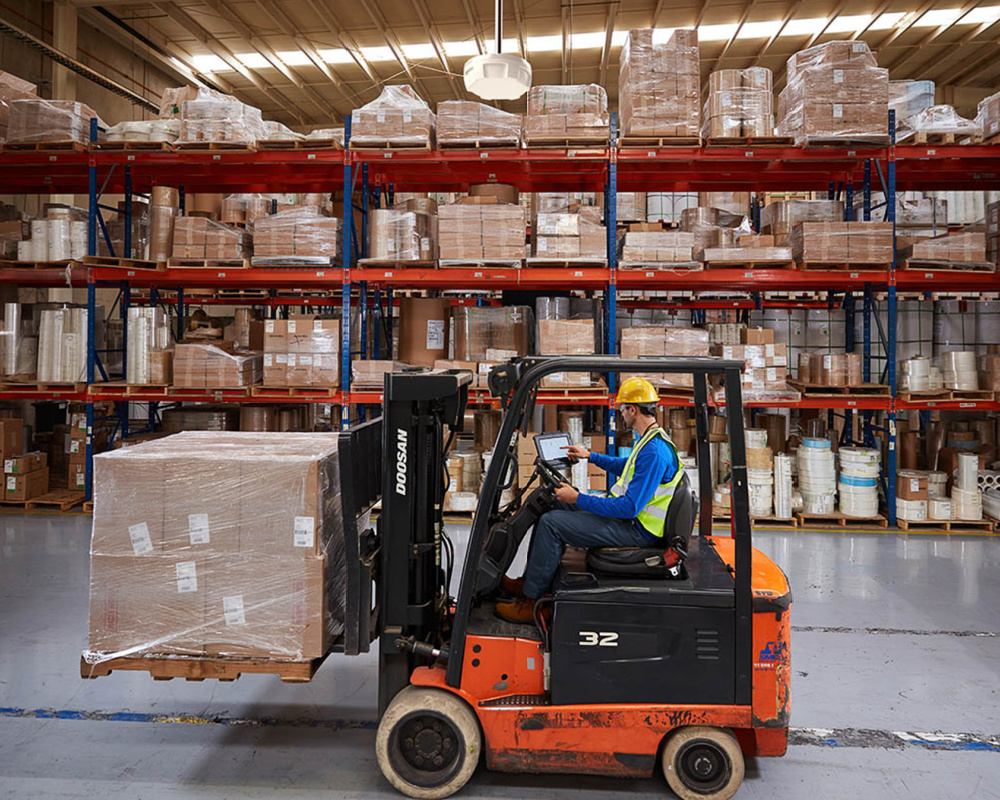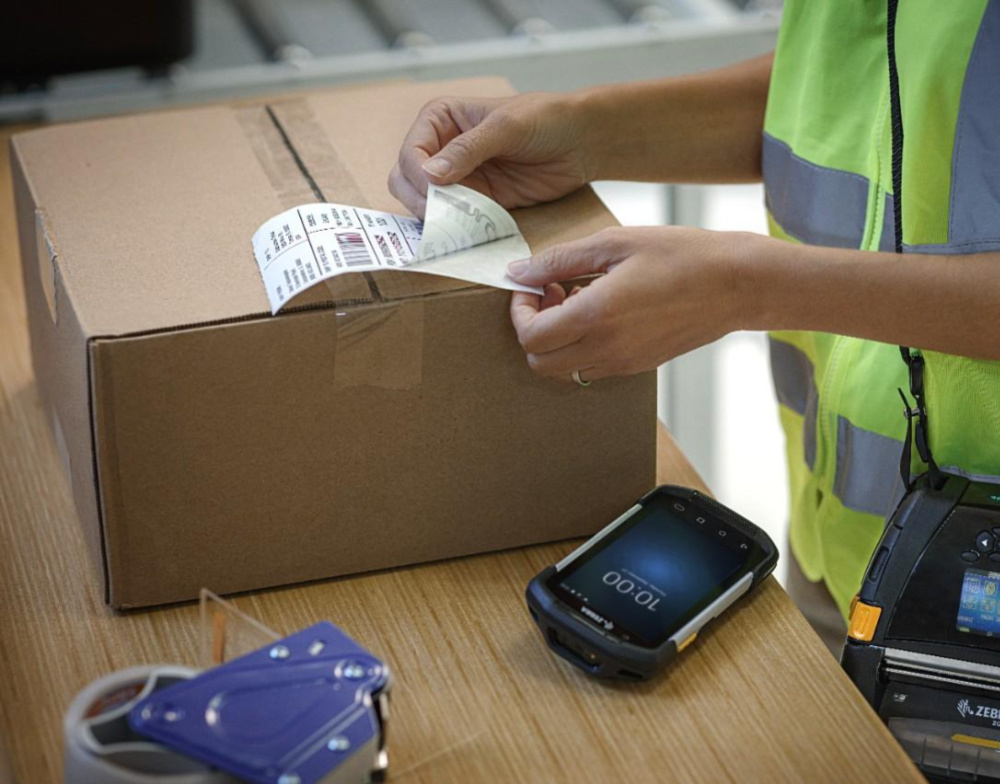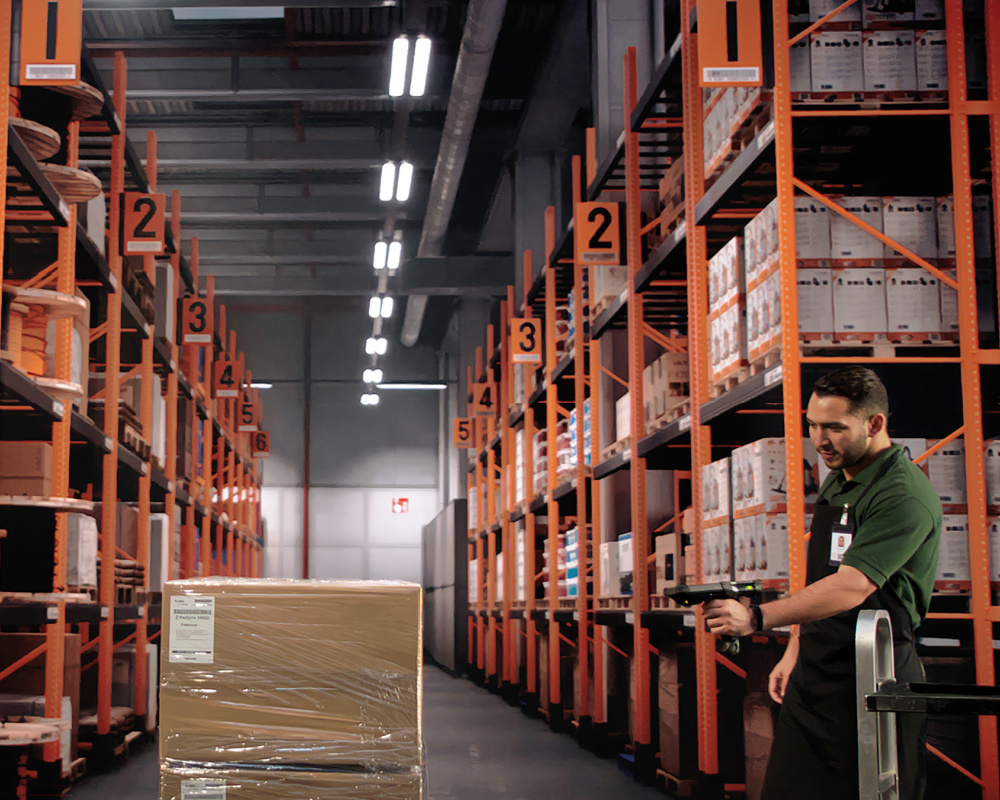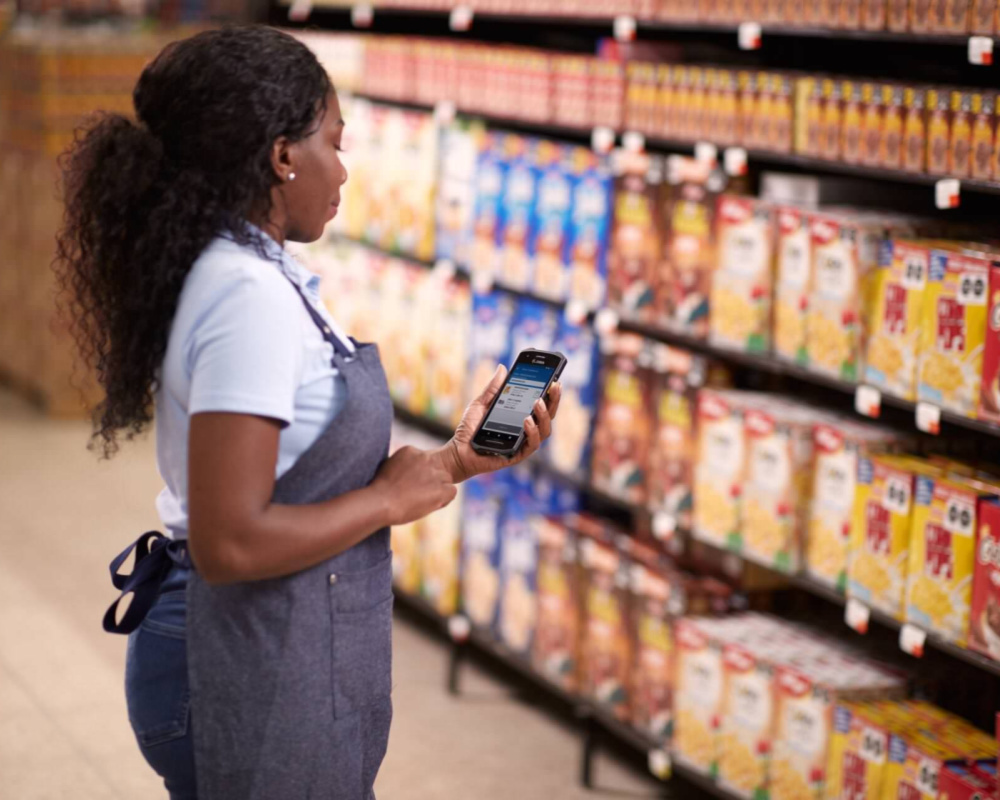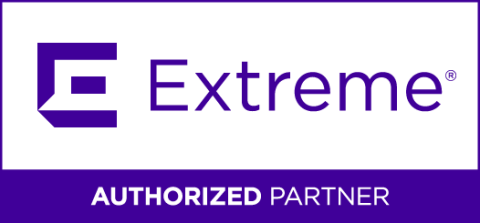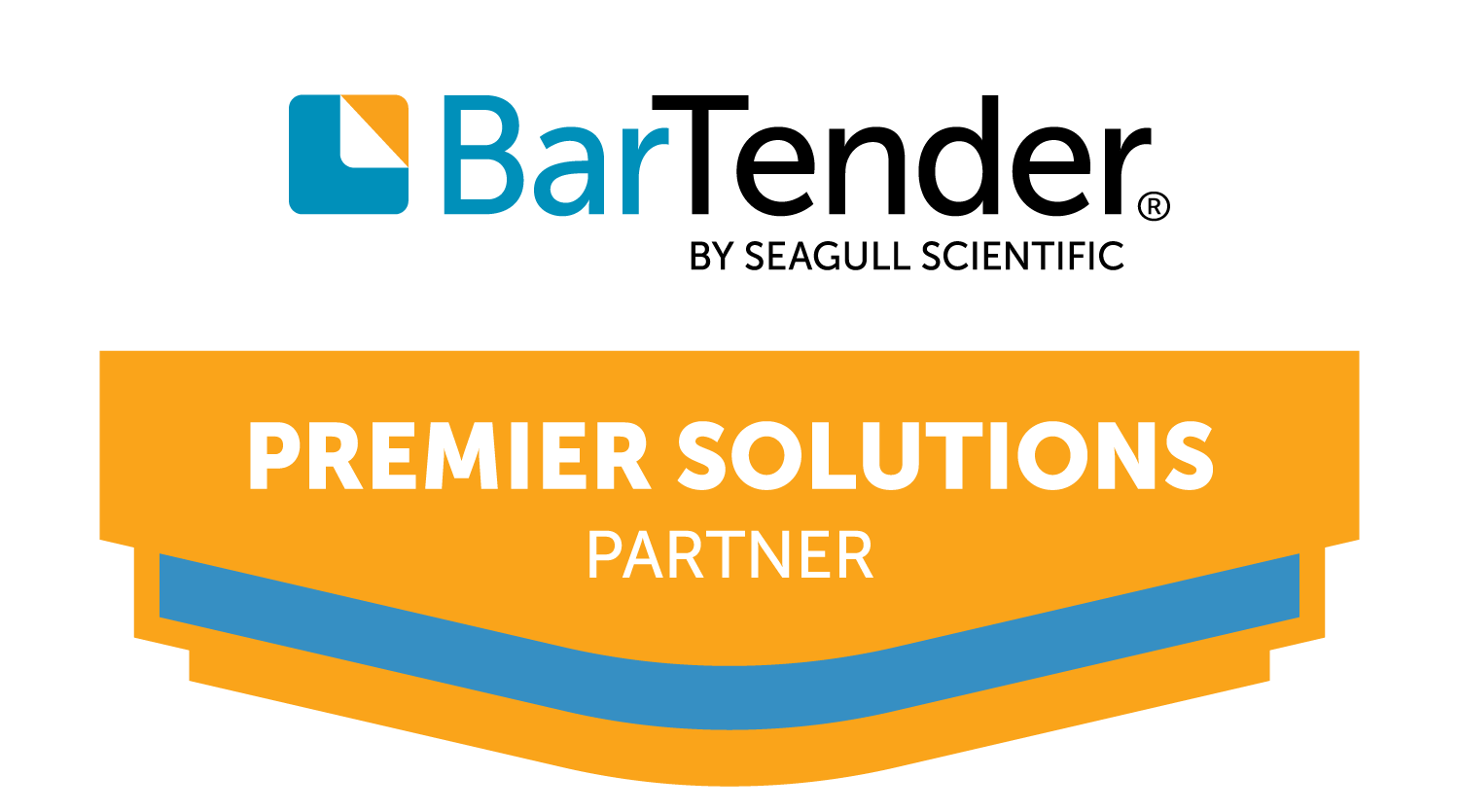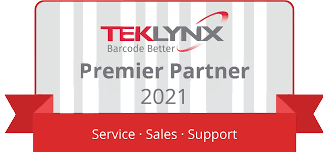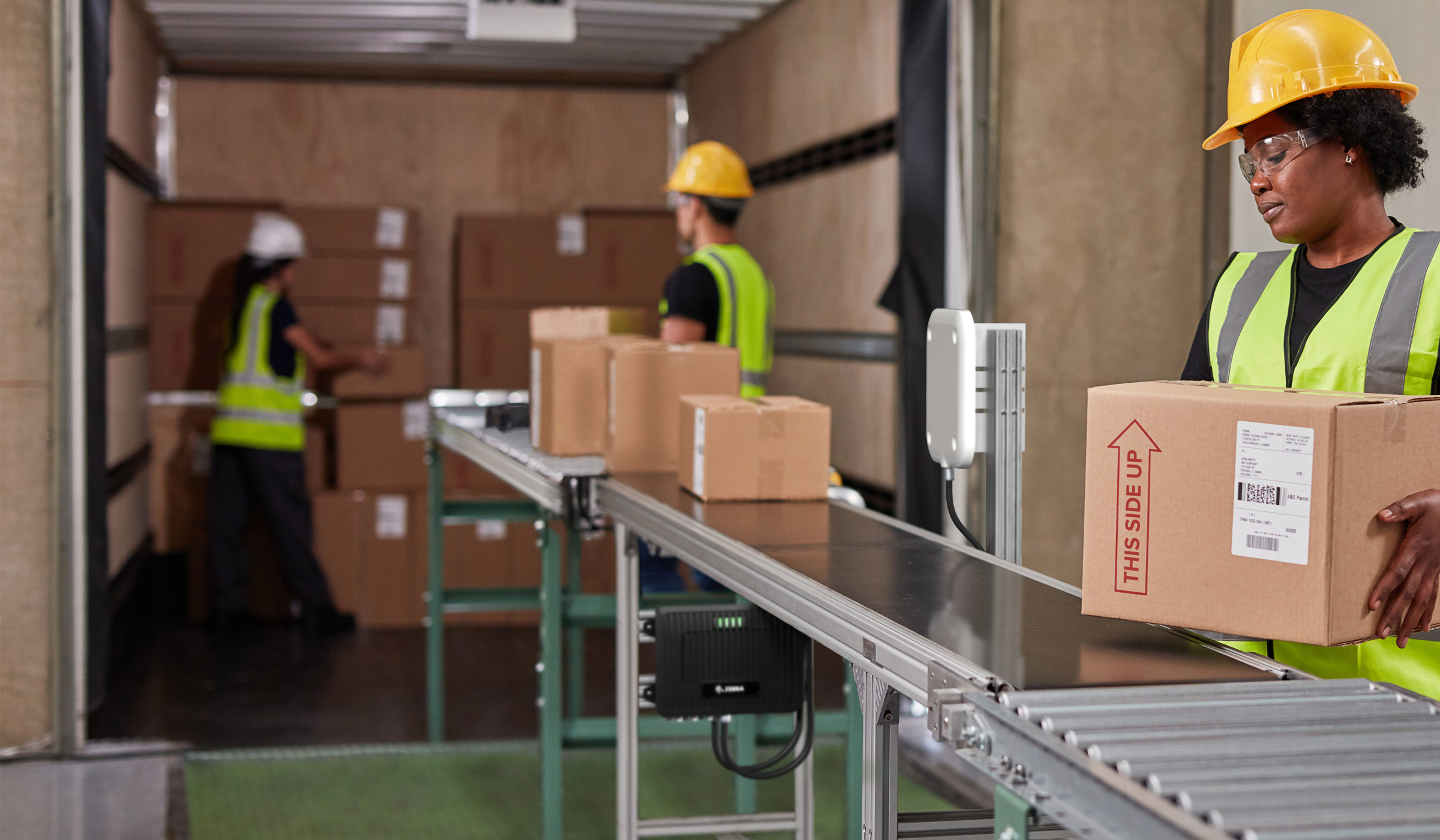
In an increasingly connected world, the ability to track and manage assets, people, and inventory in real-time has become a game-changer for various industries. Real-Time Location Systems (RTLS) have emerged as a transformative technology, offering organizations unparalleled visibility, efficiency, and safety. In this article, we’ll dive into the world of RTLS, unraveling its core concepts, applications, and the incredible potential it holds for businesses across diverse sectors.
Key Takeaways:
-
RTLS Defined: Real-Time Location Systems (RTLS) are advanced technologies that offer real-time tracking and monitoring of assets, individuals, or equipment within a defined area. They rely on a combination of hardware components like tags and sensors, along with various technologies such as RFID, GPS, UWB, Wi-Fi, and Bluetooth.
-
Versatile Applications: RTLS has diverse applications across industries, including healthcare, logistics, manufacturing, retail, and education. It enhances processes, improves security, and provides real-time insights, resulting in greater efficiency, cost savings, and compliance.
-
The Future of RTLS: As technology continues to advance, RTLS is set to grow and evolve. Integration with artificial intelligence and IoT will expand its capabilities, making it an essential tool for organizations aiming to adapt to an ever-changing world.
The Basics of RTLS
Real-Time Location Systems (RTLS) are cutting-edge technologies designed to provide continuous and accurate information about the location and status of assets, individuals, or equipment in real-time. These systems utilize a combination of hardware and software components to track and monitor the movement and interactions of objects or people within a defined area.
1. Hardware Components:
-
Tags: Tags are physical devices that are attached to assets, individuals, or equipment. They serve as the key identifiers in the RTLS system and are equipped with technologies such as RFID, GPS, UWB, Wi-Fi, or Bluetooth, depending on the specific requirements of the application.
-
Sensors and Readers: These are strategically placed throughout the environment in which tracking is required. Sensors and readers are responsible for collecting the location data transmitted by the tags. They can be fixed in a stationary position, mobile, or handheld, depending on the use case.
2. Software Components:
-
Data Processing and Analysis: The software component of an RTLS is responsible for processing the data collected by sensors and readers. It analyzes this information in real-time to determine the precise location and status of tagged items or individuals.
-
Visualization and Reporting: RTLS software typically includes user-friendly interfaces that allow businesses to visualize the location data in real-time. It can also generate reports and alerts based on predefined criteria.
3. Data Capture and Transmission:
-
RFID (Radio-Frequency Identification): RFID tags use radio waves to transmit data to RFID readers. This technology is commonly used for asset tracking, inventory management, and access control.
-
GPS (Global Positioning System): GPS-based RTLS relies on satellite signals to determine the location of assets or individuals. It is ideal for outdoor tracking but may have limitations in indoor environments.
-
UWB (Ultra-Wideband): UWB technology utilizes short-duration, high-frequency radio pulses to provide highly precise location data, making it suitable for applications that demand accuracy, such as healthcare and manufacturing.
-
Wi-Fi and Bluetooth: These technologies are often used for indoor tracking, particularly in retail and education settings, as they leverage existing Wi-Fi infrastructure and Bluetooth beacons for location determination.
How RTLS Works
At the heart of an RTLS are various technologies, including RFID (Radio-Frequency Identification), GPS (Global Positioning System), UWB (Ultra-Wideband), Wi-Fi, and Bluetooth, to name a few. These technologies work in tandem to capture, transmit, and process location data. The hardware components, such as tags, sensors, and readers, are strategically placed throughout the environment. Tags are attached to assets or worn by individuals, and sensors or readers collect the location data from these tags. Here’s a detailed breakdown of how RTLS works:
1. Tagging Assets and Individuals:
-
RTLS begins by attaching tags or transponders to assets, individuals, or equipment that need to be tracked. These tags are equipped with technology that allows them to transmit unique identification signals.
2. Sensor Placement:
-
Sensors or readers are strategically placed throughout the environment where tracking is required. These sensors capture signals transmitted by the tags.
3. Data Collection:
-
As the tagged assets or individuals move within the tracking area, the sensors continuously collect data from the tags. The data includes information about the tag’s unique identifier, its location, and, in some cases, additional environmental data.
4. Data Transmission:
-
The captured data is transmitted from the sensors to a central server or software application via a wired or wireless connection. This data transmission occurs in real-time, ensuring that the location information is up to date.
5. Data Processing and Analysis:
-
The central server or software application processes the incoming data in real-time. It matches the tag identifiers with their corresponding locations, allowing the system to determine the real-time location of each tagged item or individual.
6. Visualization and Reporting:
-
The processed data is often visualized in user-friendly interfaces, which can include maps or floor plans, displaying the real-time location of tagged assets. Users can access these interfaces to monitor the positions of items or individuals.
-
RTLS software can also generate reports and alerts based on predefined criteria. For example, it can send an alert when a tagged asset enters or exits a designated area.
7. Data Security and Privacy:
-
Ensuring the security and privacy of location data is a critical consideration in RTLS. Robust encryption and access control measures are typically implemented to protect sensitive information.
Applications Across Industries
RTLS has found applications across a wide range of industries, each benefiting from its unique capabilities:
-
Healthcare: In healthcare, RTLS is a lifeline for tracking medical equipment, monitoring patients, and ensuring efficient staff allocation. It enhances patient safety, reduces asset loss, and improves overall hospital operations.
-
Logistics and Supply Chain: RTLS optimizes warehouse management, inventory and asset tracking, and fleet monitoring. This technology streamlines logistics operations, minimizing errors, and enhancing the overall supply chain’s efficiency.
-
Manufacturing: In manufacturing, RTLS can track the movement of raw materials, work-in-progress, and finished products. It supports lean manufacturing practices, reduces production errors, and enhances productivity.
-
Retail: Retailers employ RTLS to track inventory, improve in-store navigation, and analyze customer behavior. This leads to better inventory management, customer experience, and increased sales.
-
Education: In educational institutions, RTLS ensures student safety, tracks assets, and optimizes campus security. It aids in monitoring attendance and resource allocation.
Benefits of RTLS
The advantages of RTLS are manifold:
-
Real-Time Insights: RTLS offers up-to-the-minute location and status information, enabling immediate decision-making.
-
Enhanced Efficiency: Businesses can optimize processes, reduce search times, and minimize resource wastage.
-
Improved Security: RTLS bolsters asset and personnel security, minimizing theft and unauthorized access.
-
Cost Savings: Efficient operations and reduced losses contribute to cost savings.
-
Compliance: Certain industries require strict compliance, and RTLS helps meet regulatory standards.
The Future of RTLS
As technology continues to advance, the applications of RTLS are poised to expand. The integration of artificial intelligence and the Internet of Things (IoT) will further enhance its capabilities. With increased precision, wider adoption, and ongoing innovation, RTLS is set to transform the way we interact with our surroundings, making it a technology to watch in the coming years.
Overall, Real-Time Location Systems (RTLS) represent a groundbreaking technology that is reshaping industries and revolutionizing the way organizations operate. Its ability to provide real-time insights, enhance efficiency, and improve security makes it a valuable asset for businesses looking to stay ahead in an increasingly dynamic world. As technology continues to evolve, RTLS is likely to remain a pivotal tool for innovation and growth across various sectors. Take action today and Contact a ValuTrack Technology Specialist to learn more about how we can help you deploy an RTLS infrastructure into your business.
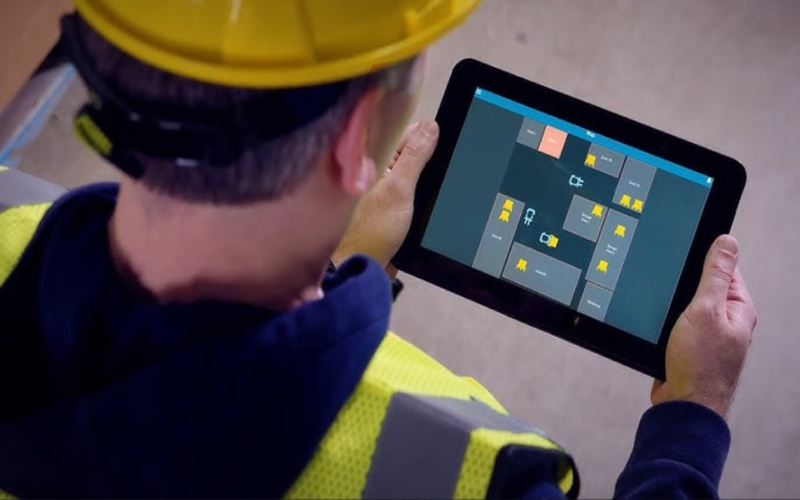
Explore Real-Time Location System Solutions
As an end-to-end supply chain solutions provider, we understand that productivity is paramount to your success. That’s why we are focused on empowering your organization with advanced technologies for real-time visibility, maximum control, and proactive decision-making. With robust software and integration services, we’ll transform your supply chain operations and drive success in today’s dynamic marketplace.
We’re Here to Help
Contact us to Start the Modernization Process
Looking for more information about a specific technology solution? Feel free to ask us about pricing, data sheets, and demos, or schedule a free in-person/online consultation for strategic guidance from one of our experts.
Fill out the inquiry form or contact us to start the process.


